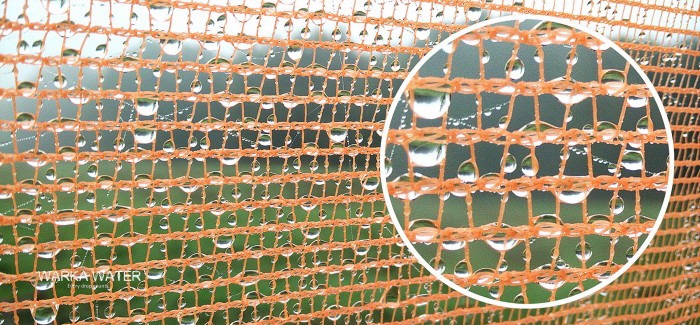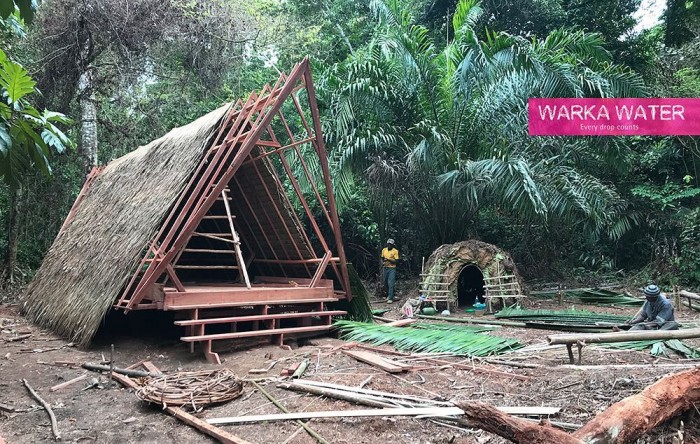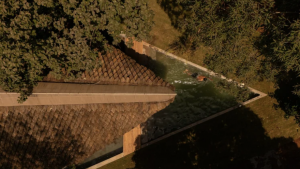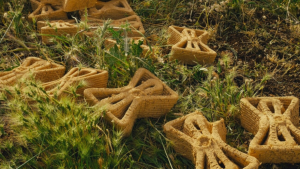In many remote villages around the world access to clean water and basic sanitation is scarce. The condition of their water supply is questionable and often places them at risk of contracting diseases and illnesses. According to the United Nations Development Programme water scarcity affects nearly 40% of the world's population. Nearly one billion people do not have access to clean water and sanitation. Many of these people are found in some of the poorest rural communities around the world.
This was something that founder and president of Warka Water, Arturo Vittori, recognised.
"Visiting small isolated communities up on the high plateau in the North East region of Ethiopia, I witnessed this dramatic reality: the lack of potable water. To help improve this drastic situation, I made it our mission to find solutions and help these people,” he said.
Trained as an artist, architect and industrial engineer, Vittori and his team got to work designing and building Warka Water’s first project in 2015, the Warka Tower. The Warka Tower, inspired by the surrounding natural environments, is made from bamboo, polyester mesh, polyester cable and hemp rope.
It was important for the team at Warka Water to create something that uses biodegradable and recyclable materials. The Warka Tower is a large vertical structure, shaped like the warka tree, that collects clean water, in the form of rain, fog and dew, from the atmosphere.
Using natural processes like gravity and condensation, the Warka Tower is able to collect this water without using electricity. The structure has been erected in Haiti, Togo and Ethiopia, and is is currently shortlisted for the 2019 Aga Khan Award for Architecture.
Noticing that the needs of these villages go further than just the need for clean, drinking water, the team from Warka Water got to work improving upon the model of the Warka Tower and developed the Warka Solar. The Warka Solar is simply the Warka Tower fitted with solar panels. The Warka Solar not only provides light to the area but can also serve as a charging station for various devices.
Looking further, Vittori added: “"Visiting refugees camps and isolated communities in Africa, Asia and South America, I witnessed the reality of the lack of proper shelters and very low living standards. Even if they often live in a beautiful natural environment setting, they suffer from the lack of basic services and hygienic living conditions”
This inspired the Warka Sanitation, Warka House and Warka Garden projects.
Often the areas in which these remote villages are located lack the sufficient drainage and sanitation systems required to hygienically dispose of sewerage. Sometimes the rivers in which drinking water is collected from is also responsible for washing away human and animal sewerage.
Diseases like malaria, cholera and typhoid can be contracted when in coming in to contact with contaminated and unfiltered water. Warka Sanitation makes use of composting or dry toilets.
These toilets do not require constant flushing and thereby reduces household water consumption. The human waste collected is in turn used as composting materials and thus helps with the growth of vegetation.
The Warka House project makes use of vernacular home building styles as well as sustainable materials in order to build homes that offer better hygiene and comfort to these villages. The house is made up of five living spaces which include: sleeping, living, cooking, storage and sanitation.
Other projects by the Warka Water team includes the Warka Garden as well as a project, in collaboration with Culture A Porter, that provides a space for locals to market and sell their crafts to an international market.
Read more:
Filtration system gives you clean water wherever you are







